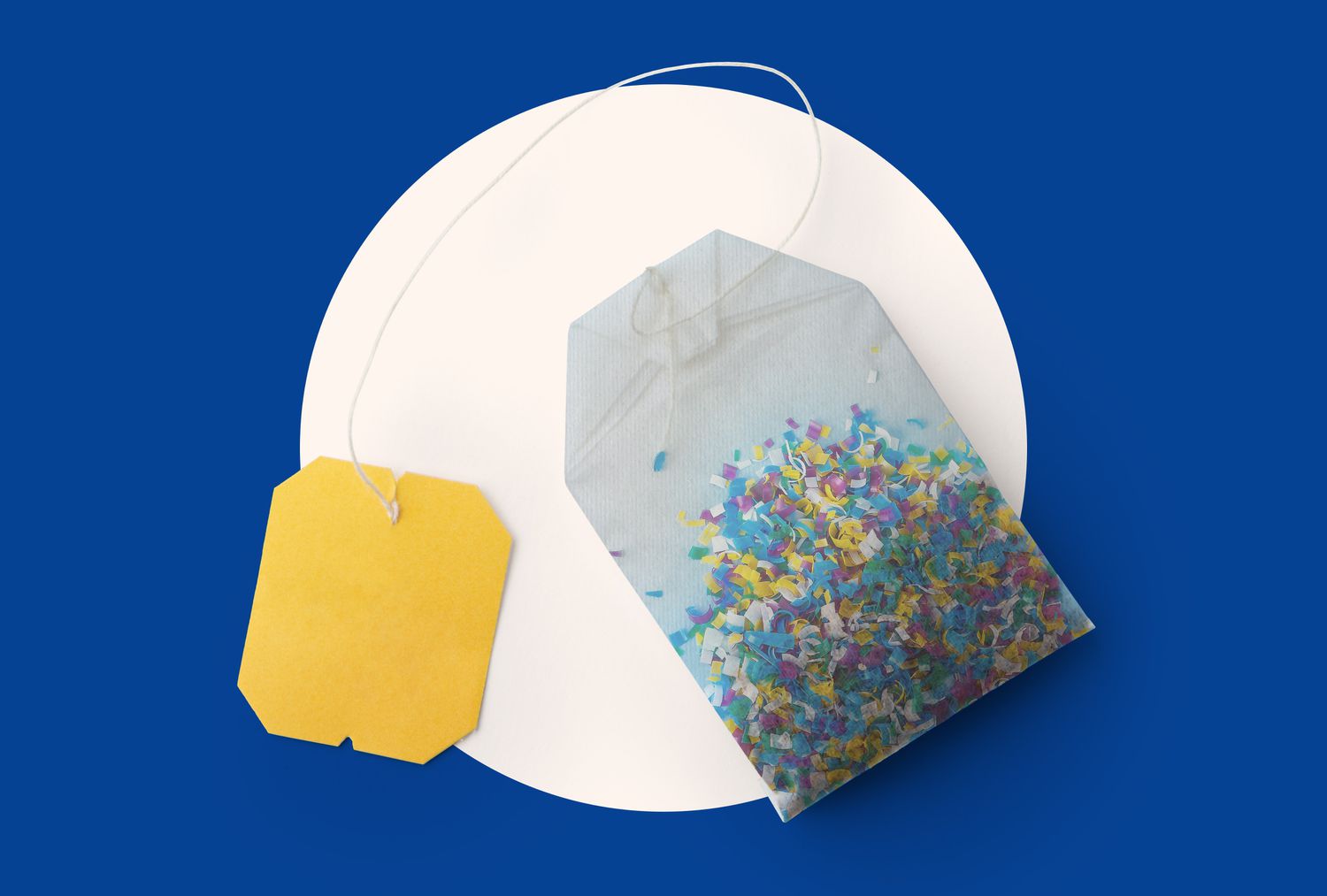Summary
A new study from Spain’s Autonomous University of Barcelona reveals that tea bags made from nylon, polypropylene, and cellulose release billions of micro- and nanoplastic particles when steeped in boiling water.
These particles, which can enter human intestinal cells, may pose health risks, potentially affecting the digestive, respiratory, endocrine, and immune systems.
Researchers urge regulatory action to mitigate plastic contamination in food packaging.
Consumers are advised to use loose-leaf tea with stainless steel infusers or biodegradable tea bags to minimize exposure.



Consumers are advised to check whether tea bags in their region are even made of these materials.
Edit: Also, “billions”? The cookie warning is borked on the foodandwine.com article so I can’t read it but: https://www.dpa-international.com/trends-and-features/urn:newsml:dpa.com:20090101:250109-99-540705/ “Tea bags releasing ‘millions’ of microplastics into tea, study shows” - where does that difference come from?
deleted by creator
Cellulose is just plant fiber. You’re literally boiling tea leaves which are themselves made of plant fiber! This is silly.
This is not silly; the study is not to determine if these are harmful or not, just what’s released from boiling a teabag.
I’m not knowledgeable in this area of research nor am I about to spend an hour going over the paper to write this comment, but collecting data on seemingly mundane things is important too.
It’s likely that the cellulose is treated or coated with something that breaks down during steeping.
I wanted to look this up with my brand of tea, and they do line their cellulose bags with plastic.
From https://tetley.ca/pages/faq
Ugh. I stayed far away from those David’s Tea completely plastic bags but was really hoping that cellulose bags would be fine. Turns our they just have to put plastic in everything. I don’t want plastic anywhere near hot water that I’m consuming.
I did the same with mine – prepared for the worst, but pleasantly surprised:
Heh PLA. While it is made from starch it’s also not (really) biodegradable, it just is in a very controlled environment.
And PLA still is plastic.
PLA put the PLA in PLAstic
A lot of paper food storage products are coated with pfas. I’m not sure if tea bags are but it’s a possibility.
Seems more specifically it comes down to the brand rather than the region, though the article linked to by this one appears to be from 2021, so there’s a possibility things have changed
https://ceh.org/yourhealth/plastic-in-my-tea-bag/